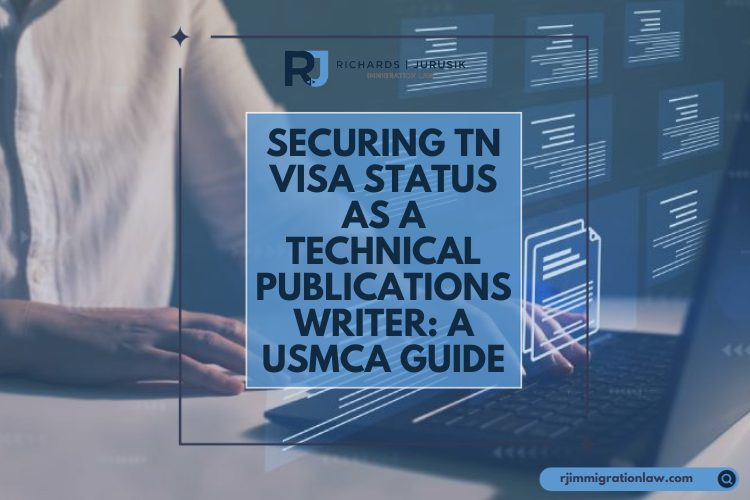Transitioning from an L1B visa—a non-immigrant visa that allows specialized knowledge professionals to work in the United States—to a green card can be complicated. The Permanent Labor Certification Program (PERM) is the typical path for those on an L1B visa. The PERM process involves a series of critical steps and key players, including your employer and immigration attorney.
Step 1: Initiation by the Employer
The journey from an L1B visa to a green card via the PERM process begins with your employer. Your employer must be ready and willing to sponsor your green card application as a prerequisite.
Step 2: Labor Certification
The Department of Labor (DOL) requires employers to complete a labor certification in the PERM process to ensure that hiring foreign workers will not negatively impact US workers in similar roles. This stage includes confirming the job requirements, determining a prevailing wage, recruiting and advertising the job, and documenting the recruitment process.
Step 3: Filing of Form ETA-9089
Once the recruitment process is completed and no qualified US worker has been found, the employer can file the ETA-9089 form. This application form documents the steps taken during the recruitment process and is submitted to the DOL for review.
Step 4: I-140, Immigrant Petition for Alien Worker
Upon approval of the ETA-9089 form, the employer can then file Form I-140. This form shows that the employer has the financial means to pay the offered wage and is willing to sponsor the foreign employee’s green card.
Step 5: Adjustment of Status – Form I-485
The last step in this process is filing Form I-485 for the adjustment of status. This can only be filed when a visa number becomes available, which can sometimes be a waiting game. Adjusting the status of a green card holder is the final step in this process.
In Conclusion
In conclusion, transitioning from an L1B visa to a green card through the PERM process requires patience, meticulous documentation, and the active involvement of your employer. With the proper guidance and understanding of the process, the path to permanent residence in the United States can be navigated successfully. It’s advised to consult with an experienced immigration attorney to help guide you through this process and handle any potential complications.
Subscribe to Our Resources Blog
Schedule a Consultation with an Immigration Lawyer
Citations
We Can Help!
You may have questions regarding the requirements for an L1B visa to get a green card. We invite you to contact our team at Richards and Jurusik for detailed guidance and assistance. We aim to provide the most accurate and up-to-date information to make your immigration process smoother and less stressful. The immigration lawyers at Richards and Jurusik have decades of experience helping people to work and live in the United States. Read some of our hundreds of 5-star client reviews! Contact us today to assess your legal situation.







